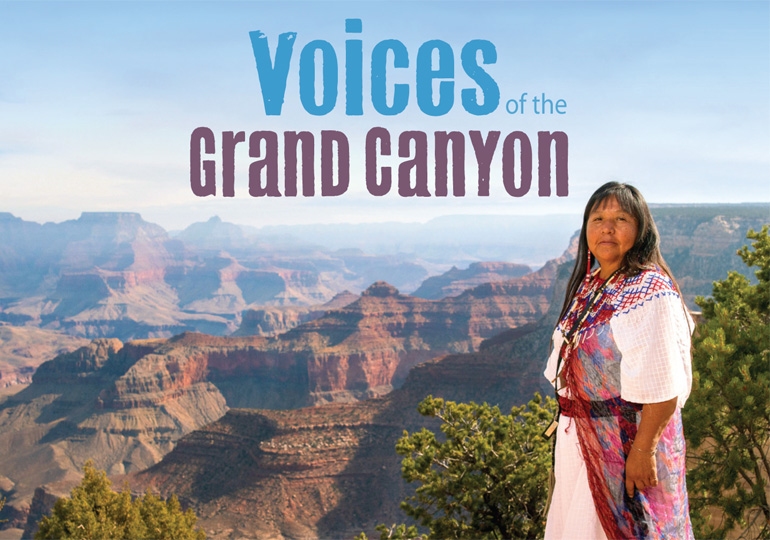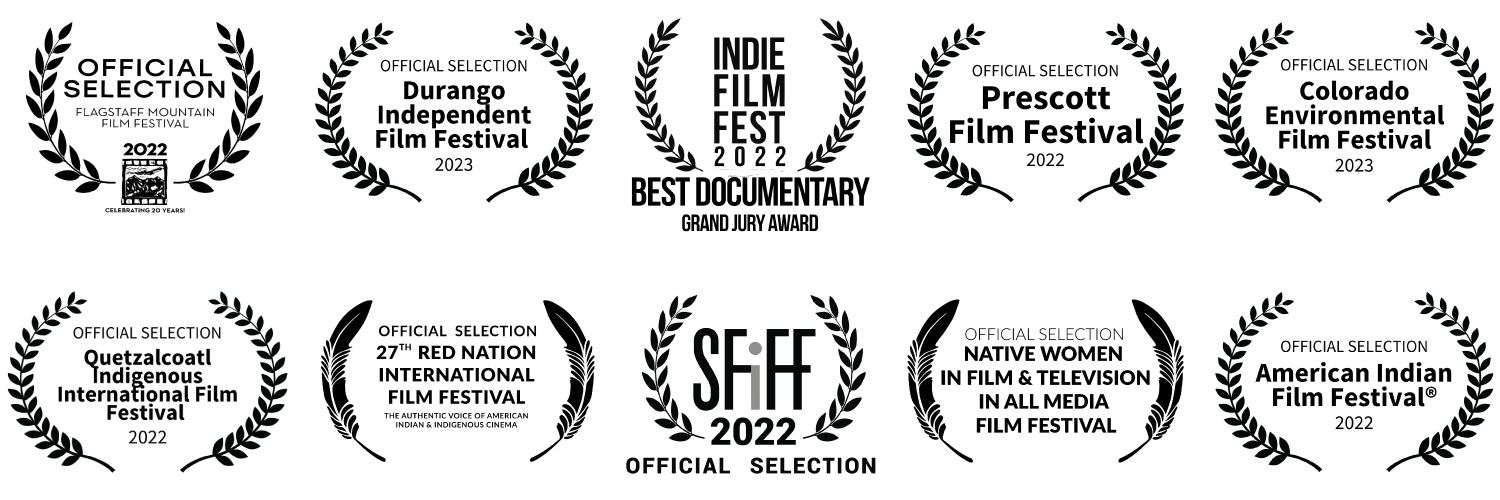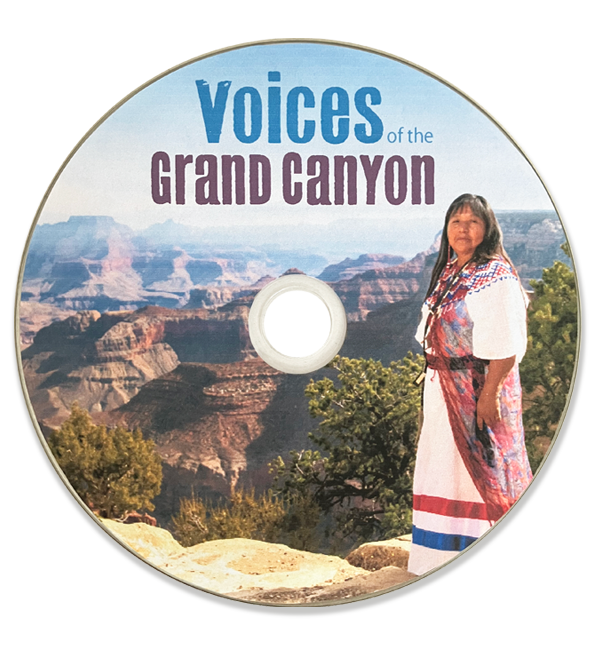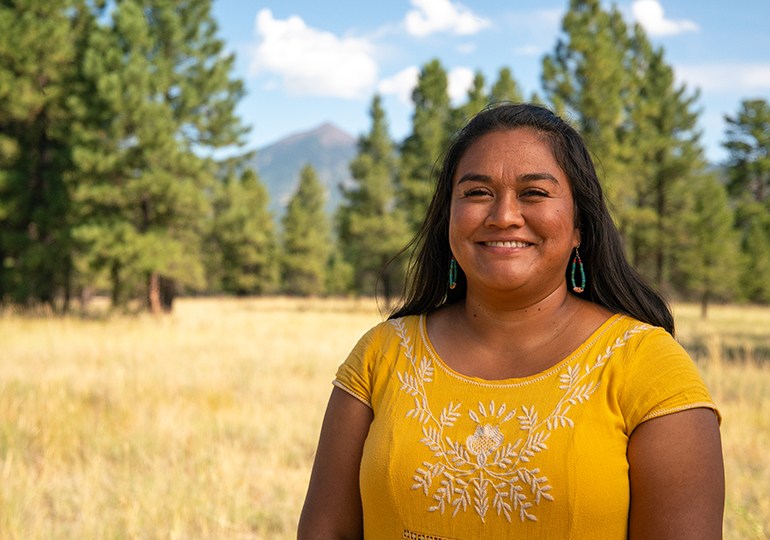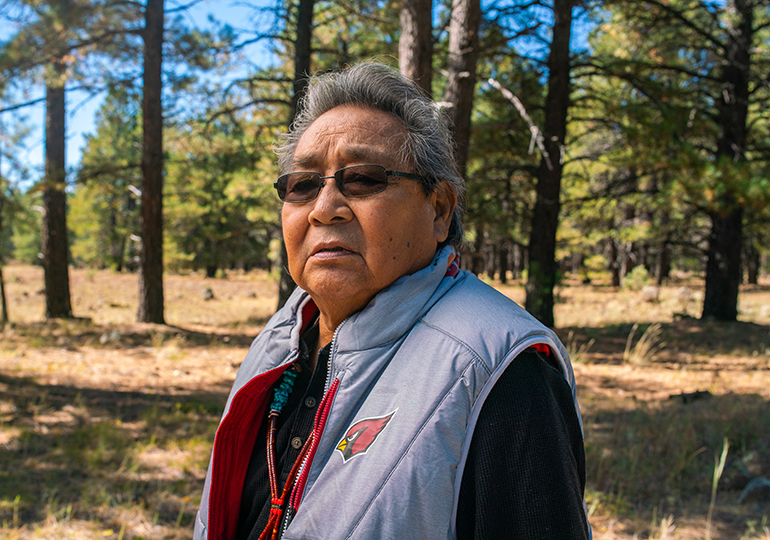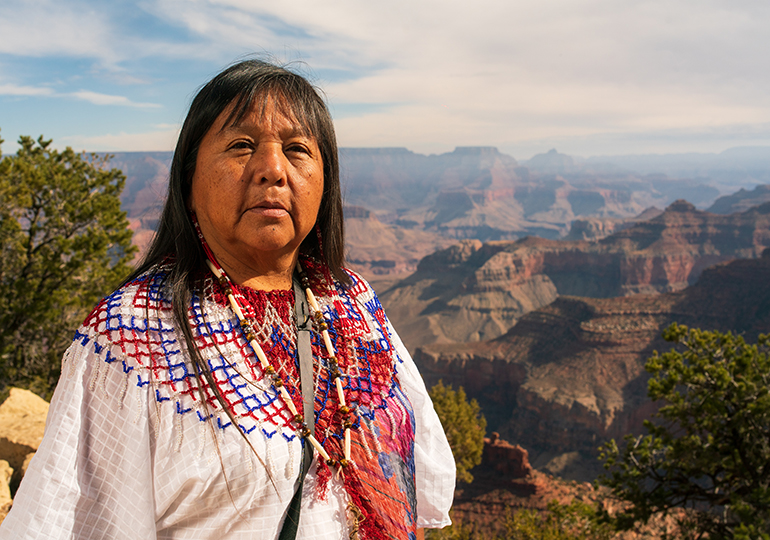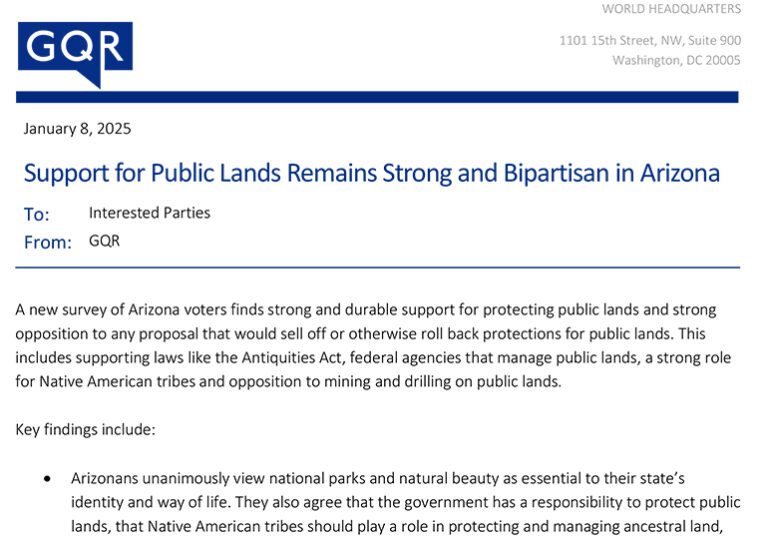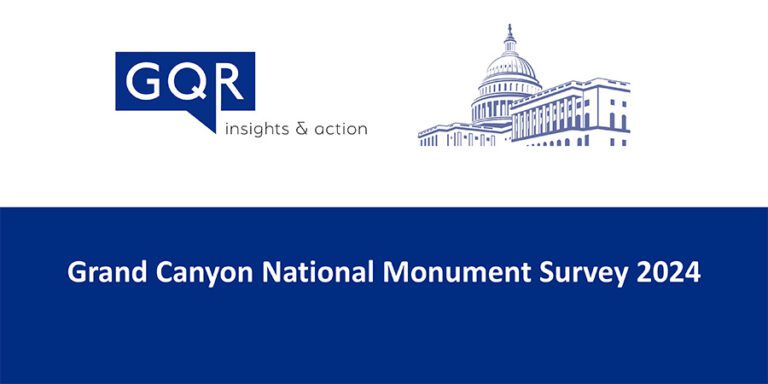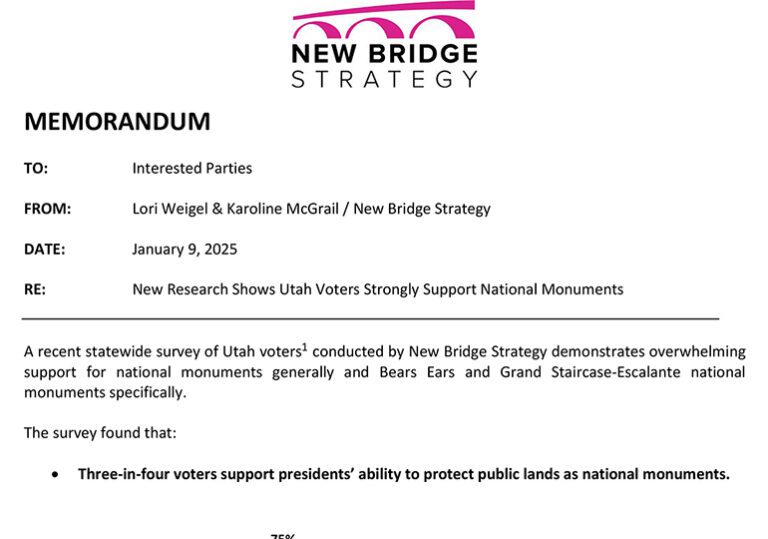Transcript
JIM ENOTE: I was with my grandparents, and my grandfather took out a cornmeal bag, and walked to the rim of the canyon, away from where there were other tourists and people. And he stood and he prayed there. And he put cornmeal down. And I asked him, “Why is that?” He said “Lukya, Chimik’yana’kya dey’a,” which is Ribbon Falls. We came from there to greet the Sun Father. The Grand Canyon is the place where we emerged from. Chimik’yana’kya dey’a. That’s where the Zuni people came from, the Grand Canyon.
COLEEN KASKA: The water does not say that I belong to you. The water does not say, you know, I’m going to go this way for these people over here. The water has its own source, its own nature. It does not belong to anybody, it belongs to everybody.
LORETTA JACKSON-KELLY: When you say your prayers and you wash yourself with the water source. You’re giving yourself very many blessings as well as letting go of all the negativity that might be building up around.
LEIGH KUWANWISIWMA: The Grand Canyon is a monument to the legacy of the Hopi clans. They say that we emerged from the Grand Canyon, a place called Sipapuni, the trail to the underworld. And then from there we emerged into this present world.
NIKKI COOLEY: The Grand Canyon and the Little Colorado River corridor, has cultural significance. The water that runs into it, those are often viewed as the lifeline of mother earth, Nihimá Nahasdzáán.
NARRATOR: Grand Canyon National Park is more than a bucket list destination. It is a spiritual home to Native peoples. Our ancestors farmed along the river, built homes in the cliffs, and hunted along the canyon rims since time immemorial. Humans have lived in the Grand Canyon since before the last ice age. Granaries, petroglyphs, and pottery hint at our past, with the oldest artifacts dating back nearly 12,000 years.
But rarely do tourists hear firsthand from modern Indigenous people whose cultures, worldviews, and livelihoods are inextricably tied to the Grand Canyon region. Today, 11 tribes maintain cultural connections to the Grand Canyon. For some of us, it is a place of emergence. For others, a refuge. For all of us, it is home. These are voices of the Grand Canyon.
JIM: I’m Jim Enote, and I am the chief executive officer at the Colorado Plateau Foundation. And we are here in Zuni, in Zuni Pueblo lands, in what is now New Mexico. So these petroglyphs that we see here, we see many of the same ones in the Grand Canyon. Some of them are clan symbols, some of them are different symbols pertaining to movement and migrations. But they are the same ones that we see in the Grand Canyon. So there’s evidence of us, actual physical evidence of us being there. And the Little Colorado River will continue on by Winslow, and further on it will empty back into the Grand Canyon. So really, the Zuni River and the Little Colorado River are like umbilical cords, connecting us back to the place where we emerged.
It is a place all the tribes have in common is that they respect that place. Understandably, many people think of the Grand Canyon as a place for recreation. Of tremendous and important natural history is the beautiful geology and wildlife and scenic views, but it is definitely a cultural landscape.
LEIGH: My name is Leigh Kuwanwisiwma, I’m from the Village of Bacavi, with the Hopi Tribe in Third Mesa. And I was formerly the director of the Hopi Cultural Preservation for 30 years until I retired in 2017. For visitors coming to the Grand Canyon, you see how monumental it is. And it’s totally different down below. You just get swallowed by the canyon. And I think it just challenges yourself, my gosh, you know, how could this be.
The archaeological sites are our footprints. It is evidence that the Hopi clans traveled through there. The Grand Canyon is very special to us. It’s our genesis. But it’s also our final spiritual home. We will travel into the spiritual world. When that happens, our spirit travels to the Grand Canyon. Particularly around the area of the confluence. That is our home for our ancestral people, and their spirits. And from the Grand Canyon, the spirits travel throughout the world as clouds.
COLEEN: My parents have always told me about this area when I was growing up in the village of Supai. Well, hello, my name is Colleen Kaska, I’m a member of the Havasupai Tribe. And the area that we’re standing at right now belonged to them, my ancestors. They roamed this whole area, including the Grand Canyon National Park. For this area would be gth'ad g'heh. Nah is the Bright Angel Trail. And then Ha' gthayah, which means the Colorado River. Which in translated really means the big river, or a lot of water coming through. My people call the Grand Canyon, Wambodajwogo, which means where the train stops.
The Havasupai people right now reside on a reservation which is 50 miles west of where I am standing at right now, but this whole area that I’m standing on is aboriginal territory for the Havasupai people, my people, Havasu ‘Baaja, which means people of the blue-green waters.
For over 100 years for my people, you know, we’ve lost a lot of mingling and just coming up here enjoying the scenery. Once it became a national park, my people were restricted from this area. They were no longer welcomed here. Natives are still around, it’s just they’ve been restricted from the area of their roaming grounds. But they are still in the region, and they will never forget. I will never forget.
LORETTA: My name is Loretta Jackson-Kelly. I am a Hualapai tribal member with the Hualapai Tribe. Our ancestral homelands, as far as the Hualapai people go, encompassed 7 million acres of northwestern Arizona. The Colorado River is called Ha' Ka-Ama, and the middle of the river is called Ha'Yi' Dat' Da. Our ancestors had always told us the middle of the river is the backbone of the people, and without that backbone, you know, we cannot survive.
NIKKI: [Navajo introduction]. I’m the first Navajo woman to be a commercial river guide, for about 13 years. I really was outspoken about my cultural perspectives, and I, because I felt that the guiding community, but also our clients, they needed to know native, indigenous perspectives, and knowledge should always be included in every conversation. The Grand Canyon was always a very sacred, culturally, spiritually significant place to us because of the deities that still live within those boundaries of the Grand Canyon of the Little Colorado River corridor, but also the Grand Canyon river corridor. With the Diné, the big Colorado River is considered the male river, and where the waters come together, the confluence, where the male and female meet, within those corridors, taught us as Diné people of what it meant to be survivors. And they were also there for the people who were running and trying to hide from the U.S. Army that was trying to hunt them down and take them to Fort Sumner. It’s just a very sacred place that we must treat very carefully, respectfully, and not think of it as a theme park.
LEIGH: It’s really an honor to be able to go and visit the canyon. Right there at the confluence, I hope we can continue to have tranquility, silence there, you know because our spiritual people need that as well. So I hope that the visitors will come, and also share that kind of feeling. That the Grand Canyon and humanity are all one. That’s what I hope the visitors learn.

